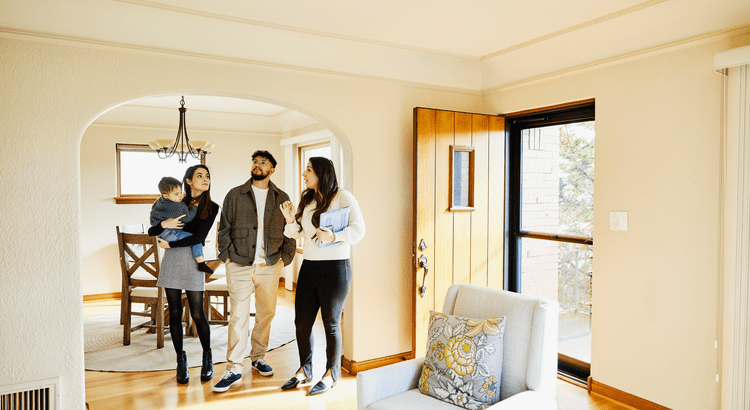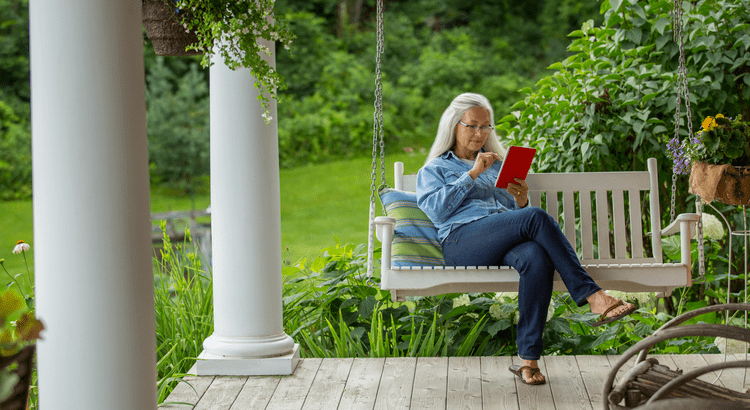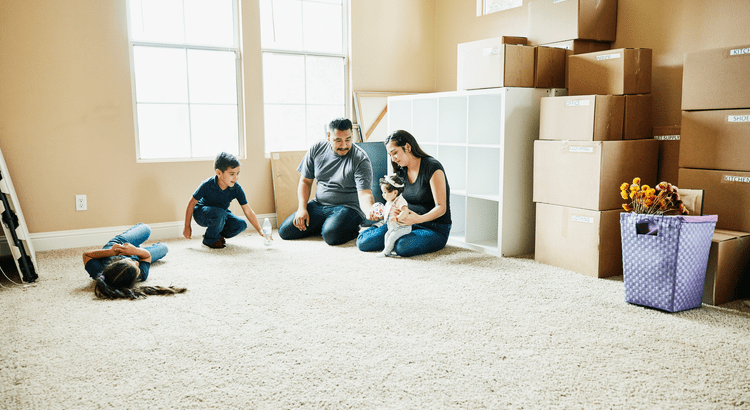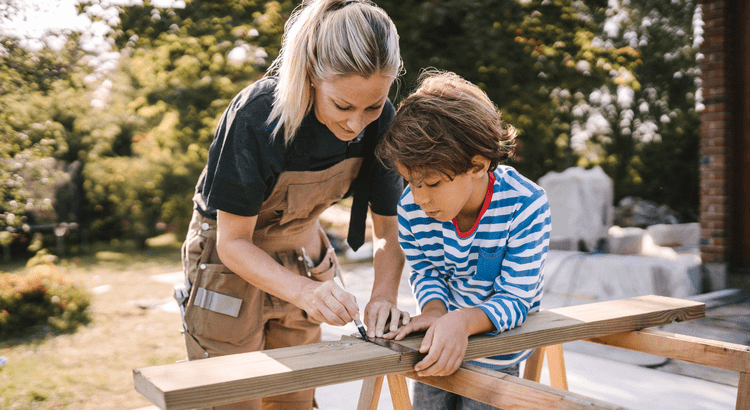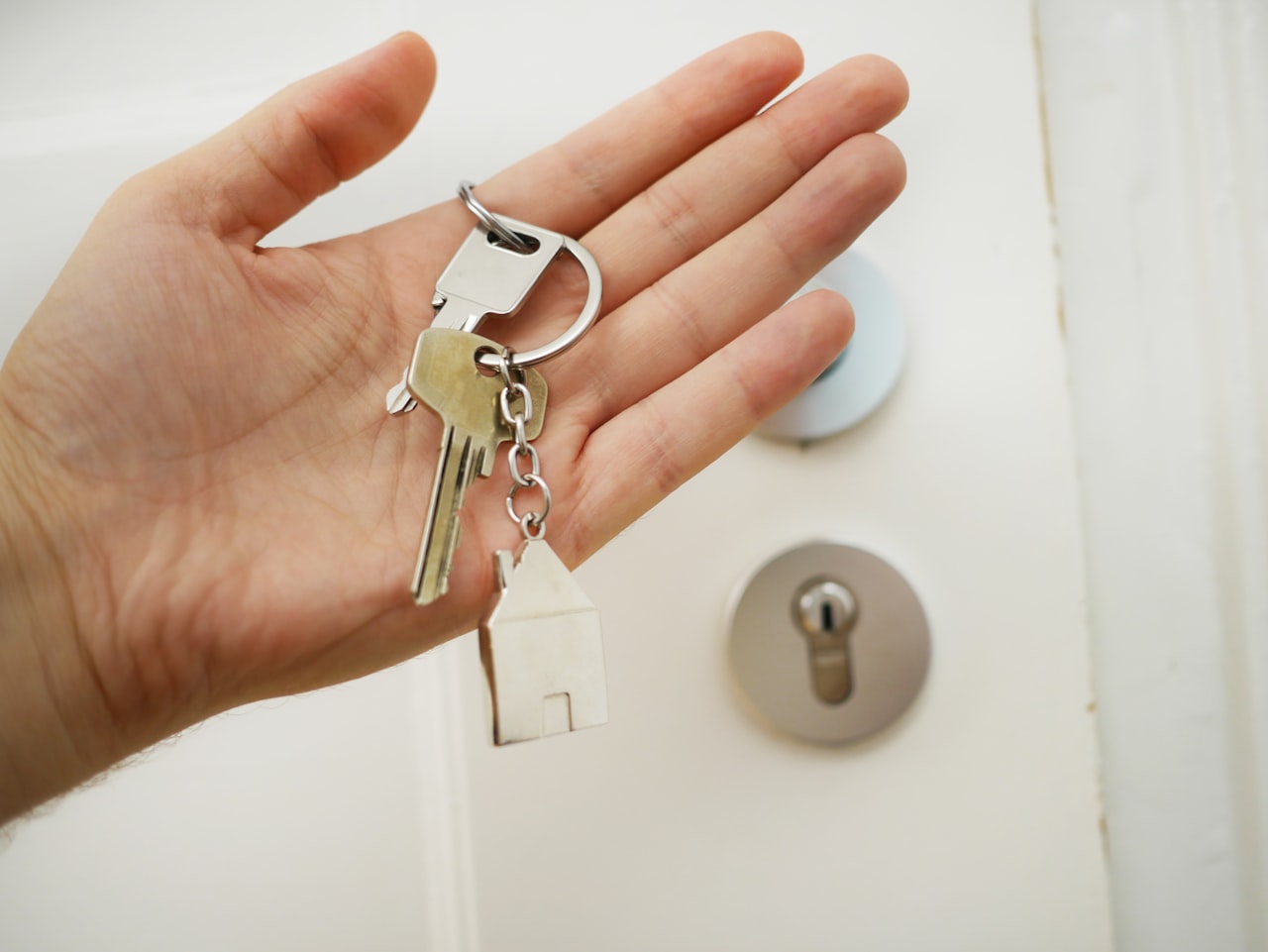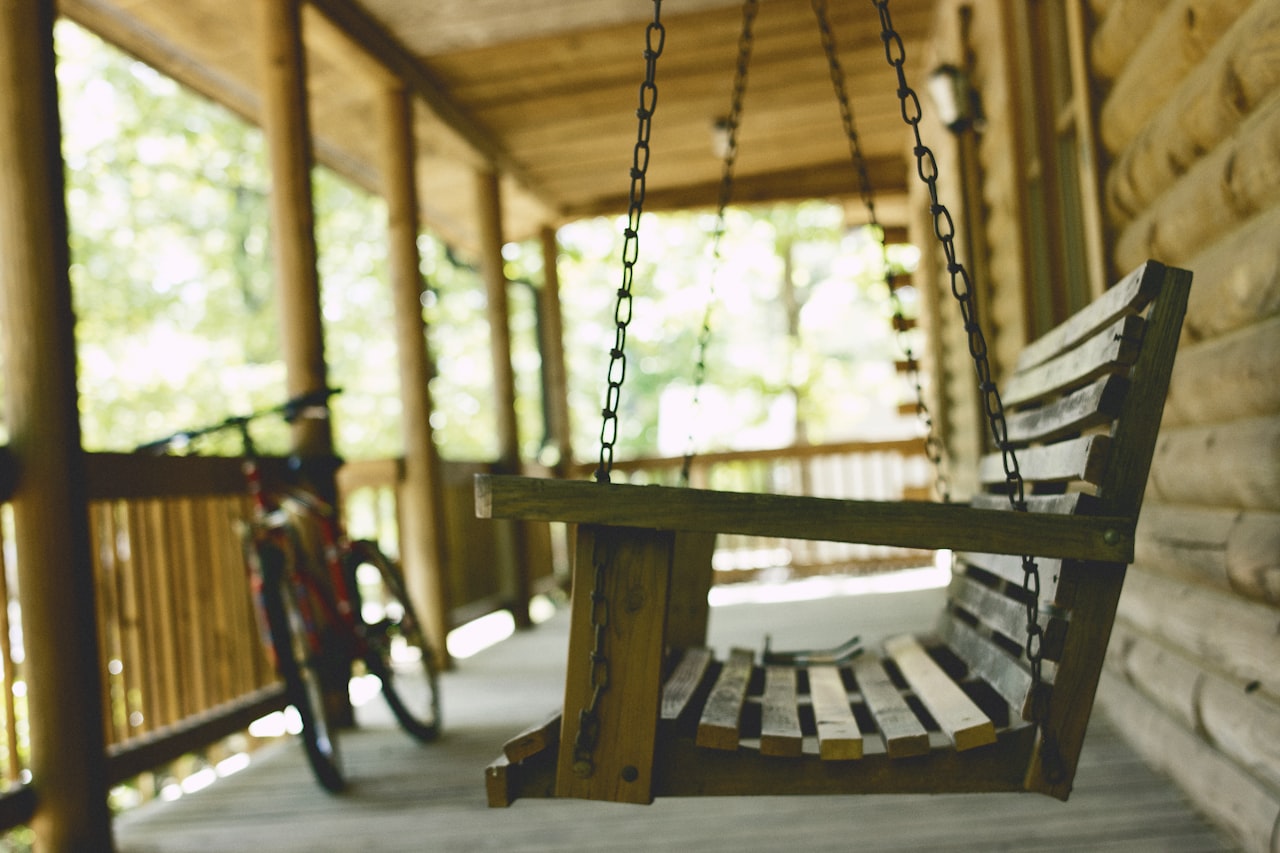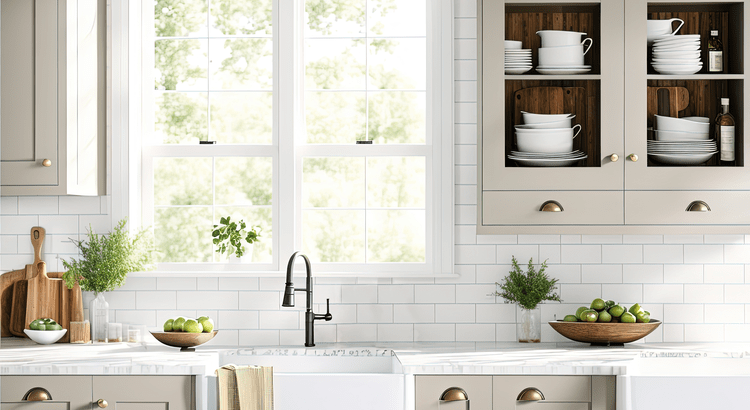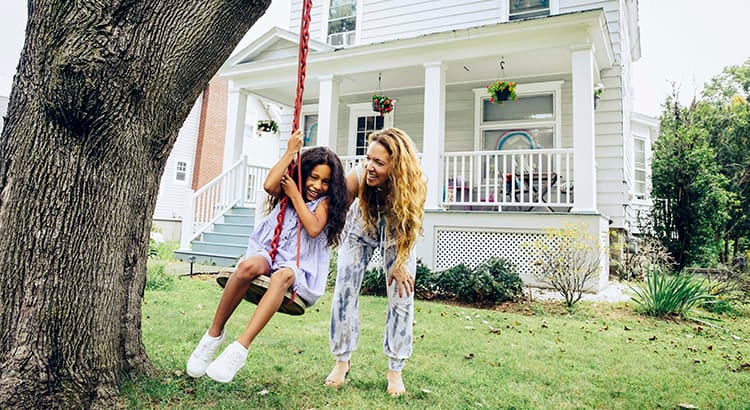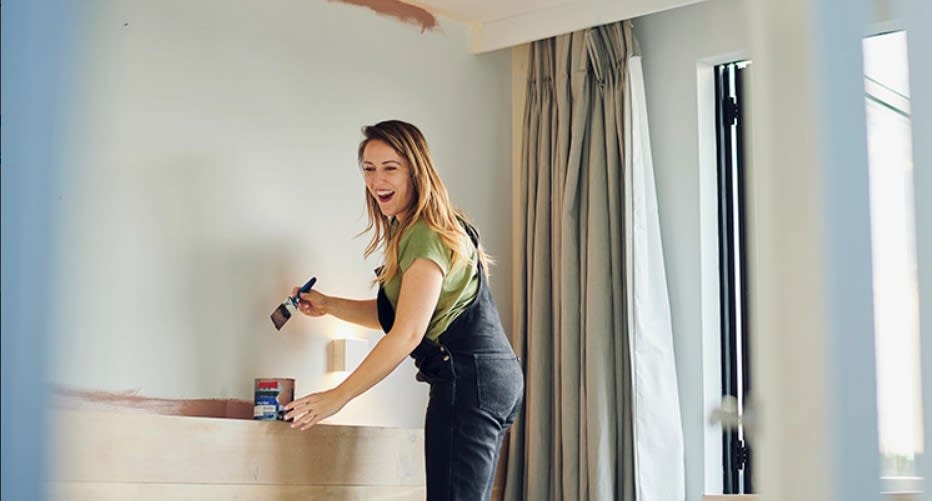For some seniors who need to downsize, it may not make sense for them to move to another home by themselves. If you decide to move an elderly parent or another aging relative in with you, you won’t be alone. An increasing number of older adults are moving in with their children for a myriad of reasons, including safety, finances, and comfort.
This arrangement can have many positives. If your parent or other loved one is still relatively healthy, they may be able to babysit or otherwise help around the house, contribute financially, and get to know your children in a way that would never be possible with only occasional visits.
But it’s not right for everyone. It may be cheaper than putting the person in a nursing home (which costs about $93,000 per year on average) or an assisted living facility (about $51,000 per year on average), but you could pay a heavy price in terms of time, stress, fatigue, and strained relations.
Take the time to consider the following questions when deciding whether to have a loved one live with you.
1. What kind of care will your loved one need?
The first questions you need to answer relate to your loved one’s health and needs. If they are still relatively healthy and independent, this may be the ideal time to move them in. They can become accustomed to their new surroundings and will initially require little care from you or other family members. Your kids will get to know them while they’re still healthy.
Most people don’t consider caring for an elderly parent in their own home until they have some sort of health setback or crisis. In that case, it’s very likely you’ll be coping with the person’s chronic illness. “Know the illness very well,” says Donna Schempp, the program director for the Family Caregiver Alliance in San Francisco. “And not just the illness here and now. Where’s this illness going to be six months, a year, two years, and five years from now? What are his care needs going to be now and in the future? You need that information.”
Even if an aging family member is just slowing down and there’s no specific illness such as Alzheimer’s or cancer to deal with, you still need to anticipate their future condition based on family history or personal history. Bringing someone to your home as an interim solution is also viable. It may be that they can live with you until their condition deteriorates to a point where they need assisted living or memory care.
Start with a medical consultation. Before you make any major decisions about home care, the person’s doctor should weigh in. The doctor can tell you what kind of care they will need and whether it’s practical for them to live at home.
2. Do you have enough room?
If you’re moving someone in you’ll need a bedroom, or at least a comfortable place for them to sleep or rest. If you don’t have a spare room, can you move family members or furniture around to make space? Is it feasible to build an extra room or an in-law apartment? Talk with them beforehand about what the arrangements would be.
Consider space for equipment or supplies. Do you have room for a hospital bed (which is bulkier than a regular bed), commode, oxygen tank, or other medical equipment if needed?
Think about accessibility issues. Do stairs and narrow hallways make maneuvering a wheelchair or walker difficult or impossible?
3. How much assistance and supervision can you provide?
Realize that the level of assistance your loved one needs will most likely increase over time. Be realistic about what you can and can’t do.
Know your limits. If the person needs help with bathing, dressing, or going to the bathroom, are you comfortable helping? If they’re incontinent and the idea of changing a diaper makes you uncomfortable, you may need to find an in-home aide. On the other hand, maybe they’re just becoming more forgetful, and you’re really good at organizing their medications and helping them make sure to take them. Or perhaps you’re good at paperwork and can cut through red tape and help with their Medicare or health insurance forms.
Consider your schedule. If you have a full-time job and young kids at home, consider the impact of taking in someone who needs a lot of assistance. If, for example, they need help getting to the bathroom several times every night, you could soon be suffering from a major case of sleep deprivation. You may be reacting to a health crisis they recently had, or thinking about the move as a preventive measure because they’re slowly losing the ability to take care of themselves. In either case, think about whether you have the time and energy to take this on.
4. How well do you get along?
Look at the history of your relationship with your family member. If you enjoy each other’s company and can successfully resolve your differences, that’s a real plus. That doesn’t mean you can never argue or you have to be best friends.
All families have some conflict, and if both of you can get over it quickly or simply agree to disagree, then you’ve already done much of the groundwork. You may also be able to bond with them in a new way and forge a happier new relationship as an adult. Your children will have the opportunity to get to know their grandparent or other family member better, or perhaps for the first time.
If the two of you have never really gotten along, don’t expect the relationship to change magically now. When they visit you, if you’re grinding your teeth after an hour and feel like running out the door, then having them move in may not be a good idea. You may feel you’re doing the right thing, but if you’re both going to be uncomfortable, it’s probably wiser to pursue other options first.
5. Does caregiving fit your daily routine?

Consider your work and leisure activities. Do you have wiggle room in your schedule? Are you OK with cutting back on your activities if necessary, including volunteer work or what you do for fun?
Will you be able to manage getting your loved one to medical appointments, to the senior center, or to visit friends and relatives? Will you need to drive them everywhere or can they use public transportation or paratransit? Are there reliable senior transportation or paratransit services your area?
It’s important to remember that there’s rarely one perfect solution for providing daily care. For every family it boils down to weighing and balancing many factors to settle on the best option. Most families adjust to change over time.
6. Will your family member contribute financially?
There’s no single right or wrong way to handle finances. Your family needs to decide what will work best for everyone. Come to a financial agreement with your family member before making the decision to have them move in. This won’t necessarily be easy, because money is an emotionally charged subject in most families. To avoid problems or resentments later, have open discussions about this upfront.
By pooling your resources, you might come up with a better living arrangement for everybody. Using the financial resources of both of you, you may be able to get a home that’s much more comfortable than either of you could afford alone.
Will you have to cut back on your work hours or other commitments? In some cases, providing home care is only possible if you, your spouse, or another family member leaves a job, works reduced hours, or gives up other commitments. Can your family afford that?
Consider paid caregivers. Caring for someone in your home is sometimes only possible with the help of paid caregivers, which can be expensive. Factor this into your budget or the budget of the person you’re caring for.
Find out if you can get paid for the care you provide. Is your parent eligible for Medicaid? If so, you may be able to get a paycheck for the care you provide to them. Most states have a Cash and Counseling program that allows eligible elderly adults to “hire” a caregiver, which could include an adult child or other relative, for the care they are provided. The chosen caregiver usually receives an hourly rate that is less than the state’s hourly average for home care.
7. Will you and your family be able to adjust?
Think about meals, noise levels in the house, what’s on the stereo. Will everyone’s preferences and styles be compatible?
If you have a teenager who’s used to making noise and playing loud music but Grandpa needs quiet at night, perhaps your teen can adjust by using headphones after a certain hour.
If quarters are cramped, it may take a while to adjust to the loss of privacy and personal space. On the other hand, if you’re able to pool your resources and move everyone to a new, larger home, it can be a win-win situation for everyone.
Your family may have to put off some vacations and leisure activities to take care of your parent or relative. If so, this is a chance for your kids to learn the importance of making sacrifices, however difficult, for the greater good of the family.
8. Will your elderly relative have a social network available?
If they’re moving a long distance to live with you, they’re leaving their social network and friends. Most caregivers drastically underestimate how hard it is and how long it takes for someone to adjust to a new environment in a new town.
If you and your spouse are at work and the kids are at school, that could mean a lot of alone time for your elderly parent. Rather than have them sit at home alone all day, you’ll want to find out whether there’s a senior center or adult day care facility nearby. These places may offer personal care such as exercise and even transportation, and provide cultural activities such as art or photography classes or trips to museums. Likewise, senior centers can provide a great social network and generally are free or have very low annual membership fees.
Safety Considerations and Home Modifications
If your loved one is moving in with you or into a new independent space, it’s a smart move to “elder-proof” the house to make it safer for an aging adult. Not only can taking these steps and making modifications prevent nasty accidents, it will also make life a lot easier and more comfortable for them.
Some fixes are easy and inexpensive — grab bars in the bathroom and nonslip mats under throw rugs, for example. If they’re less mobile and your home has stairs, you may decide to put in a more expensive ramp or stair-lift. And all sorts of devices — from easy-opening door handles to walk-in bathtubs — are available to make their life in your home much more manageable.
SOURCE: Caring.com









